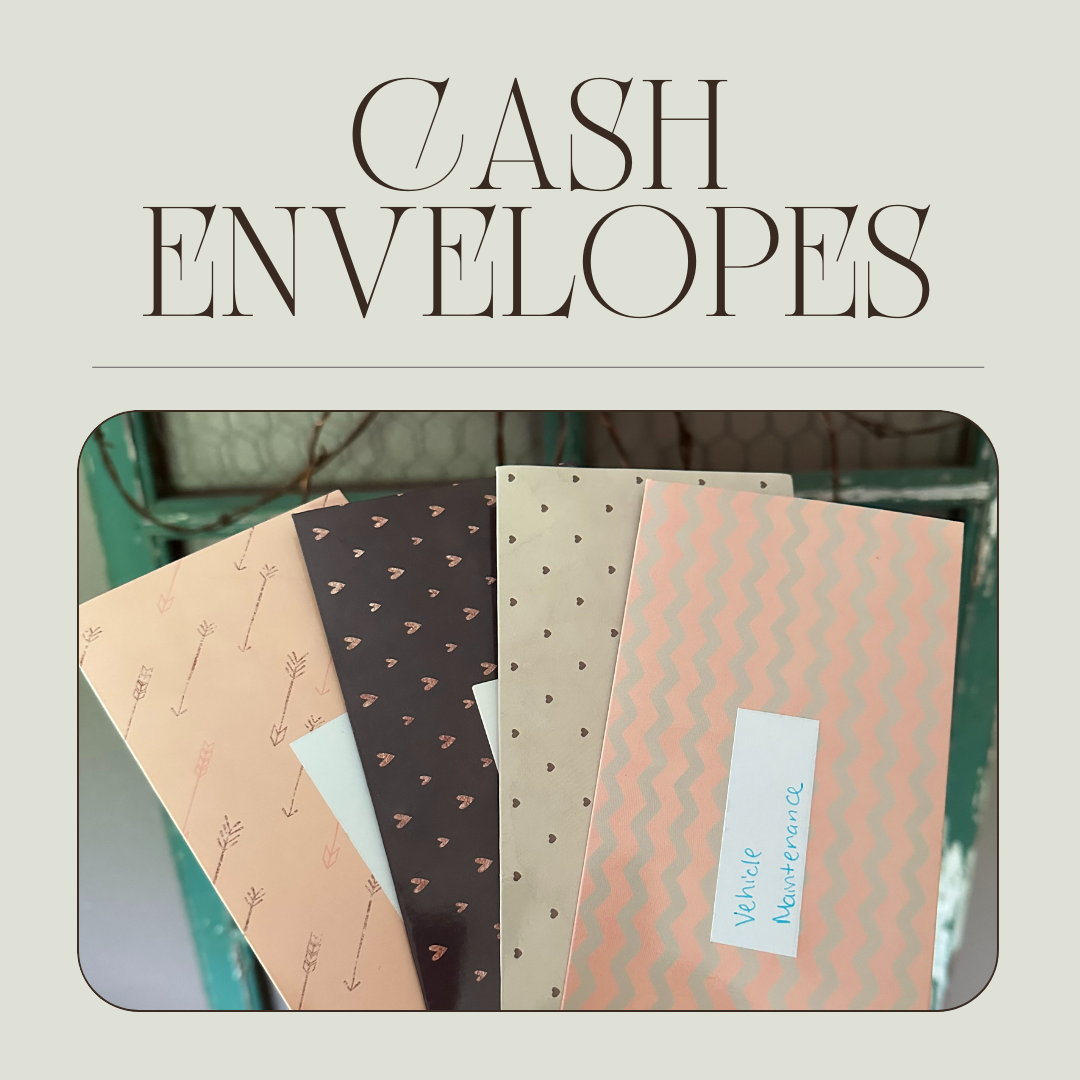Wouldn’t it be nice if you could pay cash for some of life’s interruptions? Like holidays, car troubles, birthdays, appliances, and even a new vehicle?

With sinking funds this is possible. A sinking fund is an account or envelope (to store your cash in) where you store saved-up money for a specific reason. For example, I have a sinking fund for Christmas. So every month January through December I put a certain number of money into an envelope. When Christmas time comes around, I already have the money set aside to spend on Christmas gifts, food, decorations, etc,. I don’t have to figure out a way in November or December to pay for Christmas. I don’t have to go into debt to pay for Christmas gifts. This makes Christmas and the holidays less stressful. I also find myself giving more since I have the money already there. The sinking fund gives me permission to spend that money on others.

Right now, I have a sinking fund for the new kitchen countertops we want. Each month I might put in a different amount of money into this sinking fund. My husband and I will save up the needed amount for the countertops, say $7,000. Once we have the total amount in the sinking fund, then we will purchase the new countertops. We will pay in full for them, we do not want to go into debt to buy new counters.
You might be asking yourself, “how many sinking funds do I need?” Well, that depends. There are lots of categories of sinking funds. If you are new to sinking funds you might want to start small and only make a few sinking funds. Currently, I have 9 sinking funds. My sinking funds includes Christmas, vacation, countertops, a new car, vehicle maintenance, house maintenance, pet, hockey/sports, and dental work/orthodontics for my son.

Saving up and paying cash for your purchases will save you money and you will feel better paying for your items in full and not having debt weighing you down
Some months I add the same amount of money to each fund. Some months are variable. If I bring in more income for example, if I sell some household items or work more, I am able to add more to my sinking funds. Sinking funds are simply saving funds. If you want to save $1200 for Christmas and you start in January, you would save $100/month starting in January and ending in December.
Christmas $100/month for 12 months ($1200 total)
Vacation $833/month for 6 months ($5,000 total)
Let’s say I am planning a vacation in 6 months, and I want to have $5,000 in the sinking fund when I go. I would take $5,000 divided by 6, to give me $833. I would need to save $833 per month for 6 months
Some other sinking fund categories could include:
-
Pets
-
Sports
-
Furniture
-
Medical/dental
-
Vacation

-
Medication
-
Birthdays
-
Gifts (Christmas, birthdays, anniversaries, graduation, baby, teacher)
-
Summer break
-
Holidays
-
Kids school activities
-
New car
-
Braces
-
Tuition
-
Taxes
-
Water
-
Sewer
-
Insurance
-
Seasonal clothing
-
Annual subscriptions (amazon, Sams club)
-
Work clothes/shoes
-
Travel
-
Registration (auto, sports, school, activities)
-
Date night
-
House repairs
-
Fun money
-
Second home/lake house/cabin
-
Boat/ATV/UTV
-
Home Remodel
-
New appliances
-
Landscaping
-
Yard care
-
Snow removal
-
Insurance (auto, home, life)
-
Pest control
-
Monthly subscriptions (Disney +, Netflix, Hulu)
-
Emergency fund
-
Donations/giving
-
Back to school
These are just some of the categories of sinking funds. You can create a sinking fund for anything that you need to pay for in the future.
Connect, Support, Empower

My websitewas designed using 100% solar power
back to top
Follow along
Listen to the podcasts
